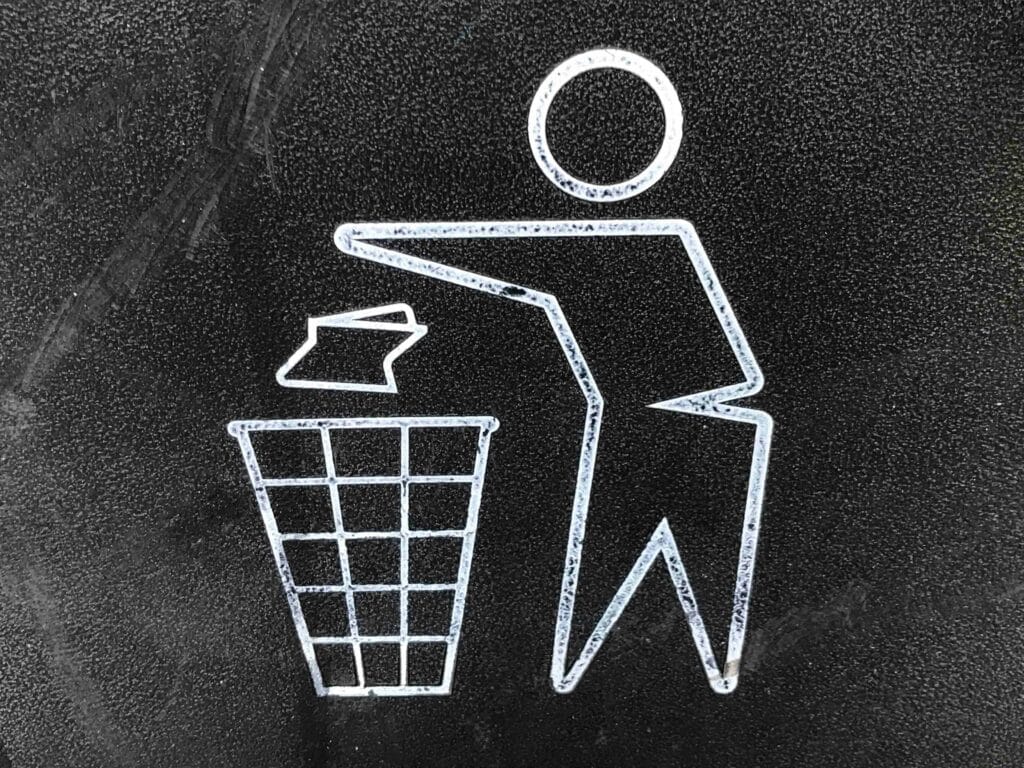What is storm debris cleanup?
Why quick, professional storm debris cleanup matters
- Safety: Broken limbs and loose debris are trip hazards and can damage vehicles or utilities. Clearing them reduces ongoing risk.
- Pest prevention: Wet, shredded wood and organic piles attract pests and fungi if left too long.
- Drainage and flooding: Debris can block drains and gutters, increasing flood risk in heavy rains.
- Environmental outcomes: Properly sorted organic debris can be composted or chipped, keeping useful material in the local resource stream instead of landfill.
Immediate steps for homeowners after a storm
Stay safe first.
- Check for downed power lines and keep well away. Report them to the utility company.
- Document damage for insurance: take photos before moving large items.
- Attend to injuries and contact emergency services if needed. Follow local emergency advisories.
Assess debris and separate materials.
- Separate clean organic debris (branches, leaves, sod) from construction or hazardous debris (roofing nails, shingles with underlayment, treated wood, or chemical containers).
- Set aside reusable wood or items suitable for donation or chipping.
- Keep hazardous materials like chemicals, fuels, or electronics separate. These require special disposal channels. Mr Garbage can advise where to take these items or arrange a specialised pickup.
Contact local services or your hauler.
Reach out to your local waste service, larger hauler, or a trusted local company like Mr Garbage to schedule debris pickup or arrange a bin rental for storm debris collection. Local providers understand Winnipeg bylaws and seasonal restrictions and can advise on placement and permits.
How professional storm debris removal works
Triage and safety assessment
Segregation on-site
- Organic/wood waste: Suitable for chipping or composting.
- Clean fill/soil: May be routed to a reuse site if uncontaminated.
- Construction and mixed demolition debris: Handled separately to prevent contamination.
- Hazardous items: Removed under special handling rules.
Transport and processing
Local rules and resources in Winnipeg and Manitoba
City of Winnipeg guidance
Provincial emergency guidance
Resource and processing facilities
Preparing storm debris for pickup or bin rental
How to stack and bundle branches
- Keep branches aligned with cut ends facing the same direction where possible.
- Stack limbs neatly at the curb or in a designated driveway spot where they won’t block traffic or sidewalks.
- Do not place debris in plastic bags unless local guidance permits it. Use natural twine for bundling when needed.
What to keep separate
- Green waste (leaves, sod, untreated wood): ideal for composting or chipping.
- Treated wood and construction material: must be separated to avoid contamination.
- Hazardous items: never mix with organic piles; these need specialized handling and should be reported to your hauler. Mr Garbage provides guidance and can arrange proper disposal for these materials.
Safety tips for homeowners
- Wear protective gloves and sturdy footwear when handling debris.
- Use eye protection when using chainsaws or other cutting tools.
- If a tree is dangerously leaning or near power lines, contact professionals and your utility provider; do not attempt to remove it yourself.
When to call a professional storm debris cleanup team
- Debris includes large tree trunks, split trees, or hanging limbs.
- There is a risk to utilities or structures.
- You need same-day or prioritized pickup after a severe event.
- You want materials sorted for recycling, chipping, or composting rather than landfill.
How Mr Garbage handles organic storm debris cleanup in Winnipeg
Rapid response and local knowledge
- Assess the site and recommend either a scheduled pickup or an immediate emergency response.
- Advise on the best placement for debris and bins to avoid blocking public passage.
- Coordinate permits if curbside placement requires municipal approval.
Eco-focused routing
Documentation and communication
Real Winnipeg examples
Neighbourhood windstorm: Quick residential response
Ice storm follow-up: Mixed debris and safety work
How to work with neighbours and community groups during large cleanups
- Coordinate a neighbourhood meeting or online group to arrange a block-by-block plan.
- Designate staging areas that don’t block traffic or driveways.
- Share guidance on separating materials and what cannot go in green piles.
- Consider hiring a local hauler (like Mr Garbage) to service multiple homes in a single run; this is more efficient and reduces vehicle trips.
Safety, Insurance, and Liability Considerations
- Confirm your hauler’s insurance and safety policy before they start work.
- If a damaged tree poses a serious hazard to your neighbour’s property or public infrastructure, document the situation and contact municipal services if immediate danger exists.
- Keep records of before-and-after photos for insurance claims. Mr Garbage can provide disposal receipts and routing details for claims or audits.
Conclusion
Frequently Asked Questions (FAQs)
Q1: What should I do first after a storm damages my yard?
A1: Ensure safety first, stay away from downed power lines, and call emergency services if someone is hurt. Document damage with photos, then separate organic yard debris from hazardous or construction debris. Contact a local hauler like Mr Garbage for pickup or bin rental advice.
Q2: Will the city collect storm debris from my property?
A2: Regular city yard-waste programs cover typical seasonal collections, but after major storms, the city may issue specific guidance. For larger piles or urgent removal, a local private hauler can provide faster service and coordinate with city depots or permitted processors.
Q3: Can storm debris be recycled or composted?
A3: Yes. Clean branches, leaves, and untreated wood are commonly chipped or composted. Mr Garbage separates organic material and routes it to chipping or composting facilities when possible, keeping useful biomass out of landfill.
Q4: What items should never be mixed with storm debris?
A4: Hazardous materials, such as paints, solvents, fuels, and electronic waste, must be kept separate and handled through specialized disposal channels. Appliances with refrigerants also need certified handling. Ask your hauler for guidance.
Q5: How quickly can a professional crew respond to storm debris?
A5: Response times vary with the scale of the event. For individual homeowners, local haulers often schedule next-day or same-week service. After major regional storms, priority and timing depend on overall demand. Contact Mr Garbage for the most up-to-date availability.

